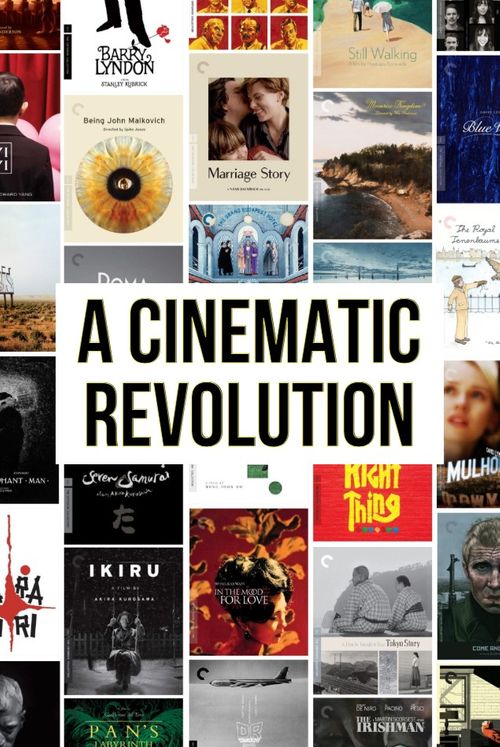How the Criterion Collection became a pantheon of cinema
Jul 18, 2021 · 4 mins read
0
Share

Forward-thinking cinephiles
The Criterion Collection is an outlier. At a time when physical media is dying, its line of DVDs and Blu-rays are more popular than ever. Somehow that catalog has formed a “Louvre of movies”, as director Wes Anderson put it, and a one-stop film school you can study at home.
Save
Share
Having put out over 1,000 titles by more than 450 directors since 1984, Criterion’s mission to preserve “important classic and contemporary films” has made it revered by movie buffs. For many, the prestige of being included in the collection trumps critical or commercial success.
Save
Share
You may be wondering, “How is good taste in film a viable business model?” It’s about more than just the movies. “Bonus features” like audio commentaries and deleted scenes are everywhere now, but they were pioneered by Criterion… who treat every film release like a museum exhibit.
Save
Share
What most people don’t realize is that Criterion’s in-house culture has been so innovative that it became a prototype for new media entrepreneurship. The story of how it came to be starts with two intersecting paths…
Save
Share
In 1984, right as the home-video market began to boom, husband and wife Bob and Aleen Stein sensed an opportunity. Laserdiscs were emerging as a higher quality alternative to VHS with the capacity for interactive features.
Save
Share
The Steins bought the electronic rights to two classics, Citizen Kane and King Kong, for $10,000. Then they teamed up with a former VP of Warner Bros named Roger Smith to release the films as part of a new venture: the Criterion Collection.
Save
Share
During the tedious transfer from celluloid to laserdisc, the man supervising the process (film historian Ron Haver) passed the time by sharing captivating behind-the-scenes stories. This led to a breakthrough idea when Bob Stein proclaimed: “We should be recording this!”
Save
Share
Haver’s storytelling was added as a second audio track on the King Kong laserdisc – marking not just the birth of the audio commentary but a significant step towards an ethos that would change the landscape of arthouse films.
Save
Share
Those first two laserdisc releases offered a unique draw – pristine restorations, essays, documentaries, sketches, and storyboards – which would embody the Criterion approach: not just saying a movie is great, but showing you why.
Save
Share
Bob Stein wanted to make films less producer-driven and more user-driven, like books. “Books are random access,” he once said. “You can read a sentence twice or go back and look up a reference.” That idea resonated with movie buffs, but it would need help getting off the ground...
Save
Share
0